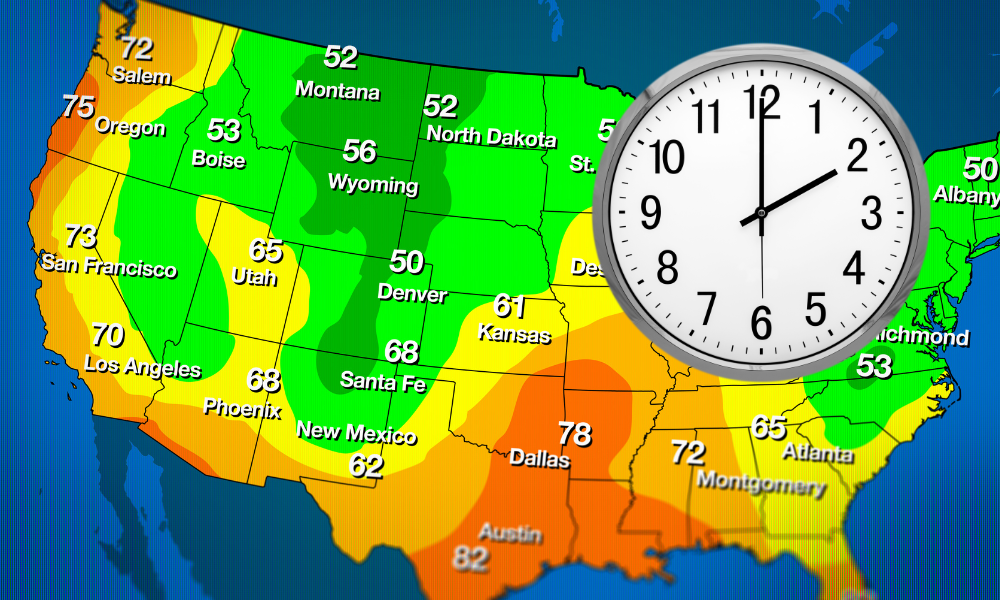At our company, we’ve spent years refining our approach to weather data processing and display. Through this experience, we’ve uncovered several crucial insights about handling time in the context of weather forecasts and user interfaces.
Time Zone Challenges
Regarding weather data processing, universal time coordination (UTC) is king. We store all our data using UTC, preferably as time since the epoch (1970), using 64-bit doubles for precision. However, users expect to see local times, so our pipeline includes a conversion step just before display.
Run Time vs. Forecast Time: A Weather Data Processing Conundrum
Weather data processing for forecast models like GFS involves a unique temporal relationship that can perplex newcomers. Models run at specific UTC times (e.g., 0z, 6z, 12z, 18z), with forecast hours added as offsets. This system can lead to situations where the first output (f1) has passed in real-time, complicating the data processing workflow.
To address this, our weather data processing approach involves aligning forecasts as they arrive, replacing older predictions with newer ones. However, retaining the original forecast run information is crucial to avoid potential issues down the line.
Caching Strategies
Efficient caching is vital in weather data processing for web and mobile displays. Including the model run in your data identification is essential in avoiding confusion between old and new data. This approach allows for more effective cache management without relying on potentially problematic timeout methods.
Time-Aware Displays: A Must for Weather Data Processing
When processing weather data for display, it’s essential to use time-aware components. Many generic display tools lack this crucial feature, leading to suboptimal user experiences. Our weather data processing pipeline ensures that all displays understand the temporal nature of the data they’re presenting.
Advice for New Developers
If you’re new to weather data processing, expect to encounter challenges, particularly around understanding model runs and forecast hours. Remember that weather data processing is a continuous cycle – there’s always new data to process and display. Patience and persistence are key to mastering this field.

